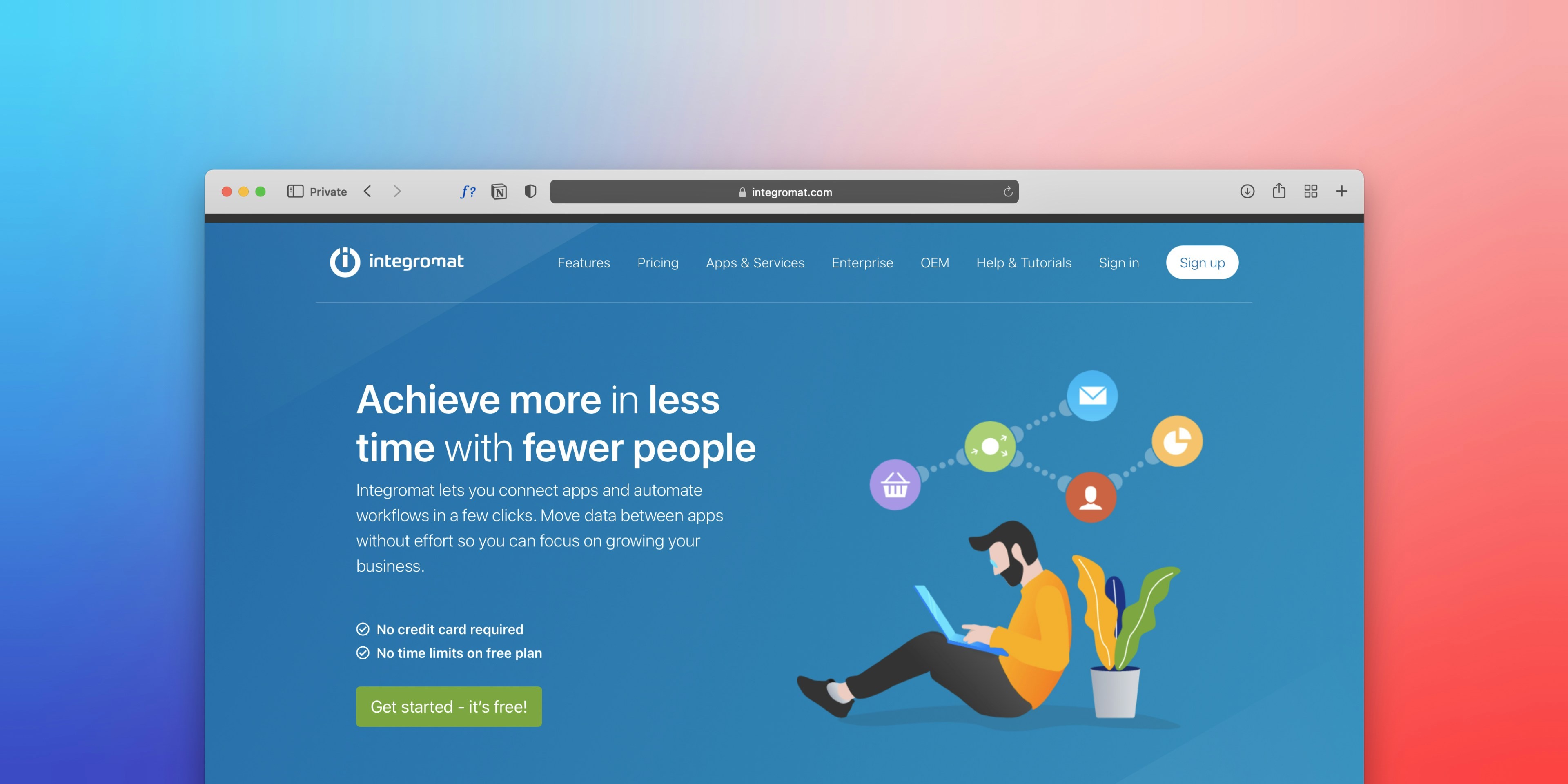

If your marketing isn’t turning heads or closing clients, the problem might not be your offer—it could be your brand voice. A vague tone, inconsistent messaging, or bland copy can undermine everything else. When your brand voice is unclear, potential clients hesitate. They can’t connect—so they don’t convert.
Let’s dig into why brand voice matters, where it often falls short, how to fix it, and how Fuzia Talent can help.
Your brand voice is your personality in writing—how your words sound and feel across touchpoints: website, emails, social media, ads. It's consistency in tone, style, vocabulary, and messaging. Without clarity here, your brand feels fragmented.
Why does it matter?
Clarity builds trust. 81% of consumers need to feel they can trust a brand before buying (leadgenera.com, wisernotify.com).
Consistency drives recognition: consistent branding boosts revenue by 10–20% (wisernotify.com).
Voice influences conversions: brands with clear voices make decision-making easier for audiences (leadgenera.com).
Simply put—a well-defined brand voice leads to more conversions because your audience knows who you are and why you’re different.
Here are some red flags to watch for:
Your captions feel chatty, but your emails are stiff and corporate. A brand voice that shifts across channels confuses visitors (leadgenera.com).
Phrases like "we help coaches scale" or "high-quality solutions" don’t say why you, why now, or why differently.
If your open rates, click-throughs, or social shares are underwhelming, bland voice might be the culprit. Strong, relatable messaging drives connection and action .
Visitors don’t say, “Oh, I know this person.” That familiarity pulls people closer and increases conversion.
a. Builds Emotional Connection
A strong voice translates shared values and emotion. Calms brands (like Calm app) use gentle, empowering copy—“That’s OK… we’re here with you.” That tone builds trust (anniemaguire.com).
b. Creates Recognition and Trust
When your tone stays consistent—a friendly paragraph, a helpful checklist, a supportive email—clients feel seen and confident in your reliability (siteimprove.com).
c. Cuts Through Noise
In a noisy market, personality stands out. Voice is your differentiator—“how” you say it often matters more than “what” you say (copyhackers.com).
d. Speeds Up Decision-Making
When voice reflects audience values—and doesn’t stutter—prospects convert faster. They feel aligned and know what comes next .
Use this four-step process to get your voice in shape:
Ask:
Who are we to our audience? (Friendly expert? Practical coach? Bold guide?)
What three adjectives describe us? (e.g., supportive, strategic, confident)
Document examples: “We open conversations with ‘you deserve better’—not ‘improve performance’.”
What language do they use?
What makes them feel understood?
What questions trip them up?
Use surveys, client calls, or even WhatsApp chats. Human feedback reveals tone nuances—formality, emoji usage, humor vs discipline.
Outline how your brand voice applies to each channel:
|
Channel |
Tone |
Example Lead-in |
|
|
Warm, personal |
“Hey [Name], quick question...” |
|
Website Hero |
Confident, direct |
“Lead your niche with clarity.” |
|
|
Supportive, conversational |
“You’re not alone in this—let’s dive in.” |
This keeps outsourced creatives on brand.
Check your:
Website & landing pages
Email workflows and CTAs
Social captions and replies
Does it all feel like you? If something feels off, tweak the framework. Audit quarterly with fresh eyes.
Here are results powered by voice overhaul:
Email upgrades saw open rates climb from ~18% to 28% after adding warm, conversational language.
Instagram adoption of more human voice grew engagement by 35%—more DMs, shares, profile clicks.
Website clarity reduced bounce rates by 15% post-voice alignment.
These wins reflect how an aligned brand voice converts more consistently than visual tweaks alone.
Visual-first thinking: Logos and colors matter, but without voice, visuals fall flat (anniemaguire.com, profiletree.com, leadgenera.com, frictionlesshq.com).
DIY copywriting: Writing in your brand voice is a craft—many try but miss nuance, consistency, or emotional resonance.
Scaling without guidance: Adding content creators without a voice guide leads to fragmented messaging.
At Fuzia Talent, we support brands across every content front:
Brand voice and messaging frameworks—turn your personality into actionable guidelines.
Copywriting services—land pages, email workflows, social content—all in your brand tone.
Content audits—identify voice drift and restore coherence.
Training and onboarding—voice guides for internal or freelance teams.
Our aim: Prospects feel you before they buy.
To start tightening your voice:
Select a piece of content (email, landing page, or caption)
Read it aloud—does it sound like you? Or cold?
Rewrite the first 100 words with warmth, clarity, and brand personality
Test and compare: does it read smoother? Does the tone feel alive?
Small tweaks today compound into meaningful conversions tomorrow.
Measure the impact of voice changes through:
Email open/click rates
Landing page bounce & CTA click rates
Social engagement: Comments, saves, DMs, shares
Lead flow: Discovery call requests, form submissions
As clarity improves, expect stronger engagement and fewer lukewarm leads.
Your brand voice is the invisible thread tying every interaction together. It builds trust, distinguishes you, and nudges people forward. Without it? You become just another face in the crowd.
If your leads aren’t converting, it’s time to get clearer. Start small—document your voice, audit your content, test rewrites. Then iterate and scale your voice-forward strategy.
Need help building a brand voice that sells?
At Fuzia Talent, we specialize in translating your personality, values, and style into copy that converts. From messaging frameworks to full funnels and social content, we’ll help you own your voice and grow confidently.
Book your free consultation today and let’s make your brand sound like you, not just another business.

Blogs and newsletters that inspire and educate.

